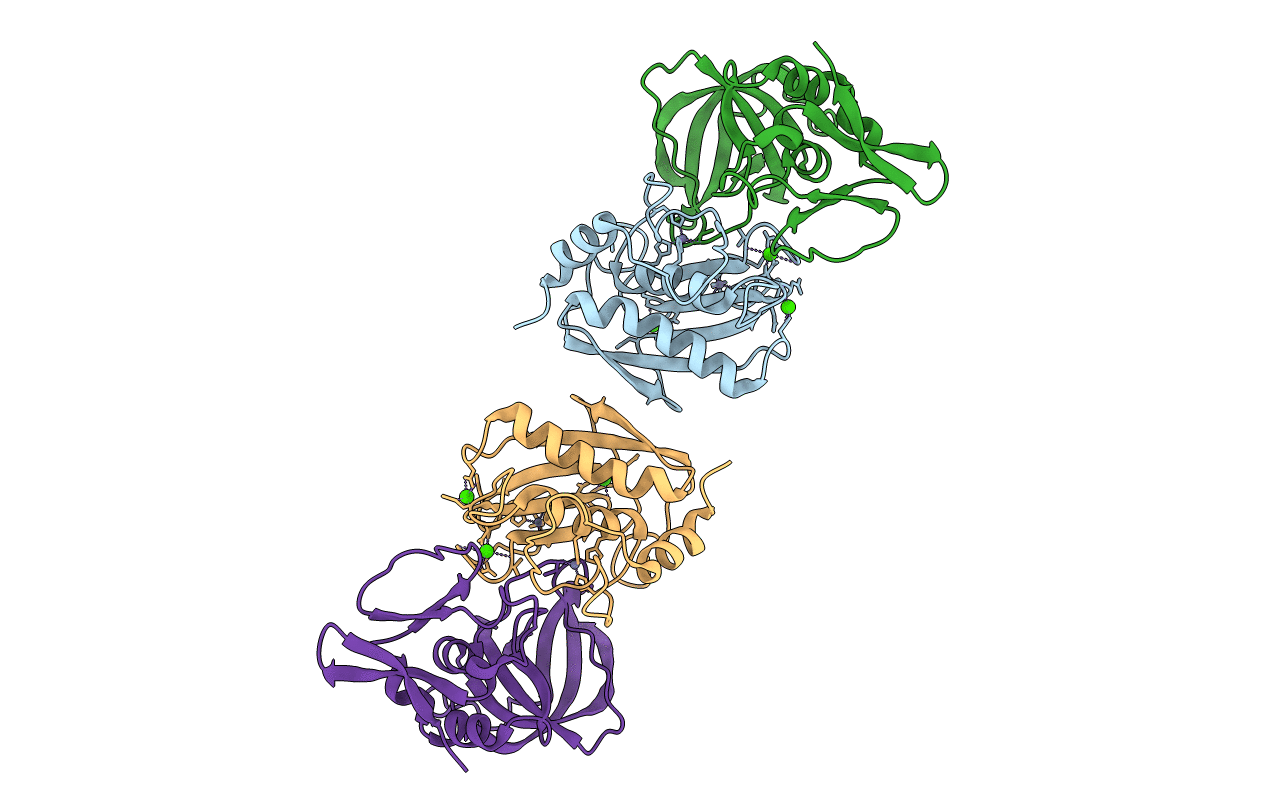
Deposition Date
1997-06-06
Release Date
1998-10-14
Last Version Date
2024-10-09
Method Details:
Experimental Method:
Resolution:
2.80 Å
R-Value Work:
0.19
R-Value Observed:
0.19
Space Group:
P 43


